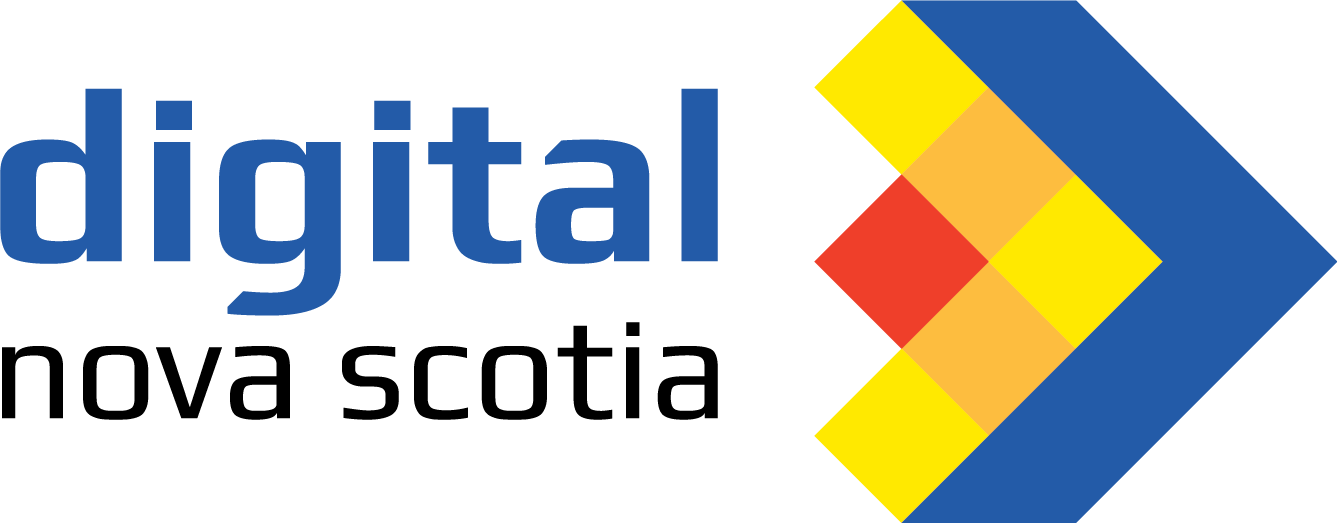
September 20, 2024
As businesses continue to grow their online presence, one critical issue remains at the forefront: accessibility. With nearly one in five Canadians identifying as having a disability, ensuring that websites are accessible to users of all abilities is not just a legal obligation but a moral one as well.
For Steph Sedgwick, founder of Clarity Web Design Studio, the motivation to focus on accessibility comes from a place of empathy and understanding. After attending a webinar hosted by a blind web designer in London, she had an epiphany.
“I literally had no idea… and I couldn’t understand why I had never considered that in the past. Why am I excluding this enormous group of people?” she recalls.
Her realization has since driven her mission to create websites that are functional for everyone, regardless of ability.
“If you design for that wider group of users – because there’s preferences as well as actual disabilities – then it makes everything better because it is more accessible. And if it’s accessible for that group, it will be accessible for everyone,” Sedgwick explains. This philosophy drives her work and highlights the broader impact of accessible design.
Sedgwick began her journey into web design when helping her husband with his business website. Over time, this initial interest developed into Clarity Web Design, with a focus on accessibility for all users.
Website accessibility can mean different things to different people. While many are familiar with physical disabilities, online accessibility includes a wide range of challenges—from visual and auditory impairments to neurodiverse conditions. “At the root of it, for me, [accessibility] means that your content can actually be understood,” Sedgwick states.
For example, websites often don’t meet accessibility standards in areas such as contrast, layout, and operability. “They fail for accessibility standards to pass that visual contrast because people get really tied up with what they think their website looks like,” she notes.
Issues like improper colour choices or hard-to-read fonts can make navigating a site difficult for individuals with low vision or colour blindness.
Beyond aesthetics, technical barriers such as non-functional forms or pop-ups can prevent users relying on assistive devices from accessing critical information.
“For someone who’s using an assistive device, whether or not they can even find that contact form, because the contact form itself might not be coded so that their assistive device recognizes that there’s a form,” explained Sedgwick. These types of design flaws can alienate a large segment of the population, reducing engagement and inclusivity.
Designing websites with accessibility in mind not only benefits users with disabilities but also improves the overall user experience. Simple design choices, such as making websites navigable via keyboard or ensuring text is readable by screen readers, are essential steps.
“Operable is obvious – it should work. You should be able to operate it regardless of whether you’re on your laptop or a mobile or you have an assistive device with a screen reader or a keyboard because your mouse is broken,” Sedgwick explains. Meeting these standards ensures that websites are not just functional but user-friendly for everyone.
The importance of accessibility extends beyond legal compliance and into the realm of social responsibility. “We’re not trying to blame or shame you. You don’t know what you don’t know and you can’t do better until you start to learn these things,” Sedgwick emphasizes.
Sedgwick shares that many business owners are unaware of how inaccessible their websites may be until they see the impact firsthand, whether through simulations or direct user feedback.
In Canada, efforts to regulate online accessibility are ongoing, and many provinces are adopting guidelines similar to the Web Content Accessibility Guidelines (WCAG). However, Sedgwick emphasizes that businesses should not wait for regulations to make changes.
“Nova Scotia has an Accessibility Act, but it doesn’t necessarily spell out the online piece yet. But you can tell that it’s coming,” says Sedgwick.
Proactively addressing these issues is not only forward-thinking but also beneficial for business growth. As search engines increasingly prioritize user experience, accessible websites are likely to rank higher and perform better in search results.
As the digital world continues to evolve, accessibility will remain a crucial element in creating inclusive online spaces.
“The internet is supposed to be this great equalizer and it’s accessible only to this tiny little group of people who probably look just like what that web designer looks like, because it’s based on that person’s experience in that person’s context, then to open that up, it just makes sense,” Sedgwick says.
Businesses that prioritize accessible design are not just catering to users with disabilities—they’re creating better experiences for everyone. In the words of Steph Sedgwick: “If it’s accessible for that group, it will be accessible for everyone.”
Listen to the full conversation here: https://digitalnovascotia.com/all-hands-on-tech/
Watch the episode here: Ep. 45: Breaking Barriers: The Power of Accessibility & Authenticity with Clarity Web Design Studio
Learn more about Clarity Web Design
